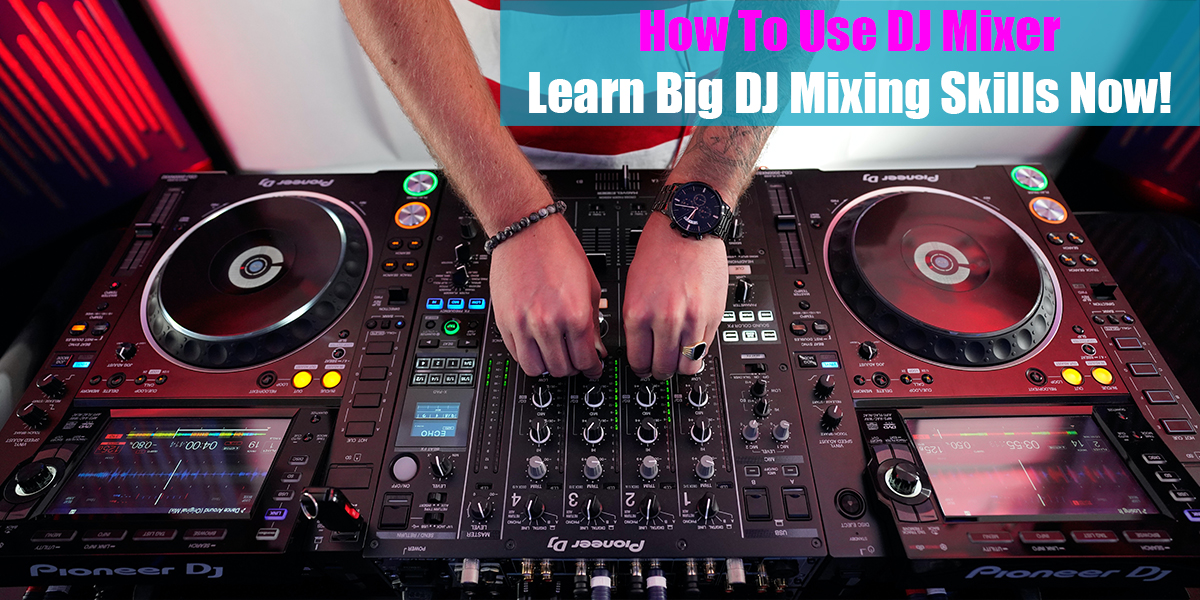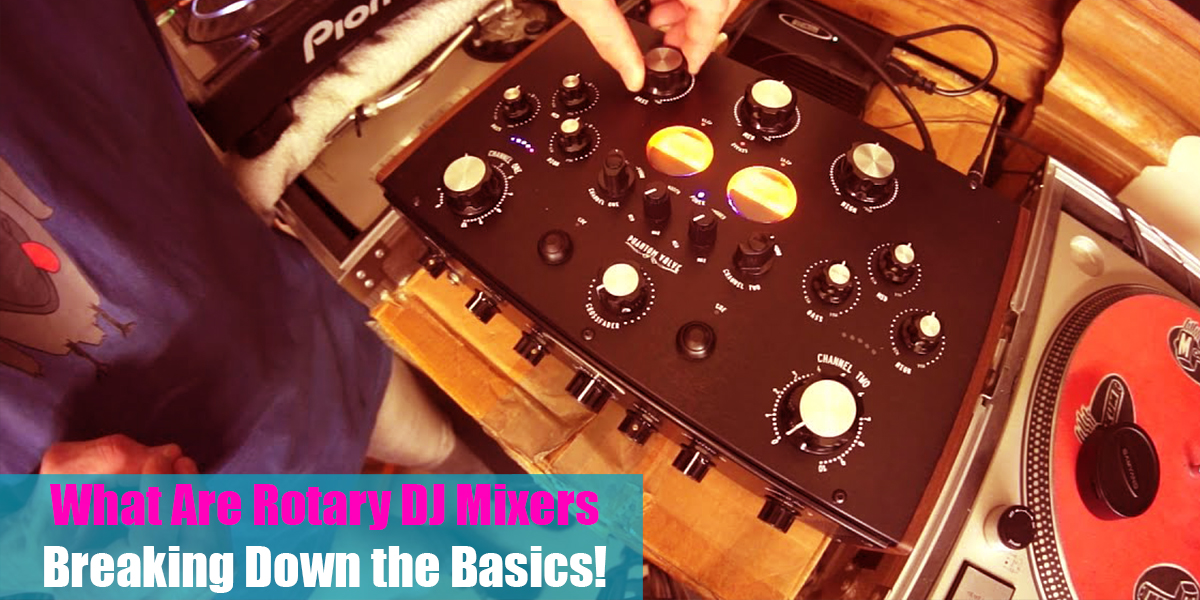DJ Mixer Inputs and Outputs
Introduction
We understand that connections might be confusing to both beginners and advanced DJs as well. For that reason, we are creating this blog post to ease up this for you and learn it all from one place.
As the title suggests, there are both types of connections on the DJ mixers: Inputs and Outputs. One serves to provide the sound to the speakers or to the amplifiers and the other one is there to connect all various decks, turntables, CDJs, microphones, headphones, and whatnot.
Let’s actually see what exactly these connections are and provide you with a basic guide for them. Bang!
DJ Mixer Inputs
Phono Input
In order for your turntable or record player to operate properly, a Phono Preamplifier or preamplifier must be installed. With the phono preamp connected to your sound system, your stylus or needle generates a signal that is amplified and re-equalized by the system. Due to this, the phono ensures that everything works harmoniously with one another.
Your mixer, controller, or amplifier may already have a preamplifier or a dedicated phono input, depending on the model. Most of the new and modern DJ mixers and DJ Controllers have this feature, however, if you do not have an external phono preamp, you will require one in order to convert phono signals into line signals.
Line Input
In opposition to the phono inputs, we have the line inputs where we connect the line-level devices like CDJs since they already have enough power to feed. There is no need to amplify the signal that comes out of them, so the name Line also says that we are just lining them in the mixer without any additional preamp.
Pretty similar to phono inputs, the line inputs are RCA, but in some cases, you might find combined XLR/TRS connections. Pretty clear I believe and most DJ mixers have clear names and guides for connection.
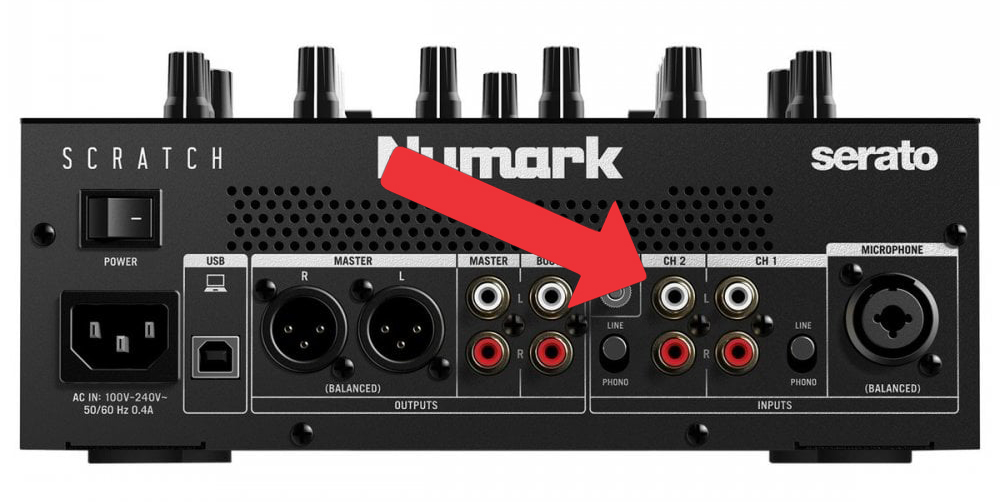
Microphone Inputs
It is also normal to find microphone inputs on the DJ mixer because some of the times, the DJ himself is an MC to the party or they are accompanied by MC that will lead the party.
So for that reason, you will be able to find at least one mic input and in some cases even two. The connection is also most of the time a TRS cable, but also there are XLR cable variations. The mixer will also have an input level knob that will control the volume of the microphone since there is a pre-amp that will amplify the sound in the mixer.
This is also a balanced input to get the highest possible quality of the mic. Additionally, some mixers have phantom power that is usually used for condenser microphones, but that is mostly for studio recording of the set since MCs use dynamic microphones for stage purposes.
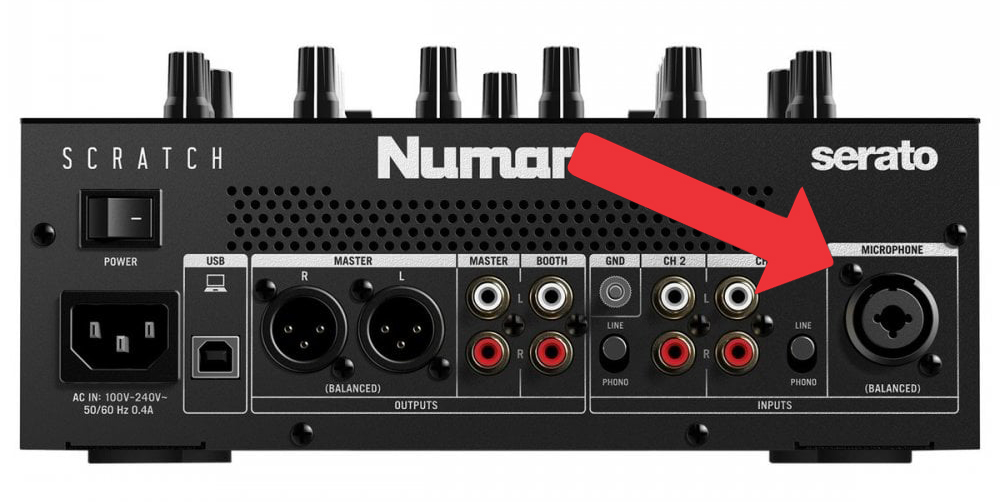
USB Connection
This digital connection is used as an input and also as an output, enabling a mixer to be connected to a computer and to be able to use the computer’s internal sound card. Music can be sent and received from computers via USB. Consequently, computers are able to record the DJ’s performance in the event that they need to.
Many high-end mixers now feature two USB ports, which allow two laptops to perform simultaneously or one laptop to record the performance of the others. In addition to the USB port signal, MIDI data may also be transmitted via the USB port, allowing the mixer’s buttons to be mapped to functions within performance software and accurate BPM information to be sent and received by the mixer’s effects unit.
This is probably one of the digital connections that the mixer uses most frequently. Also, there are other usages of digital connections to DJ mixers, but they are not that practical for stage uses and are more suitable for home setups.
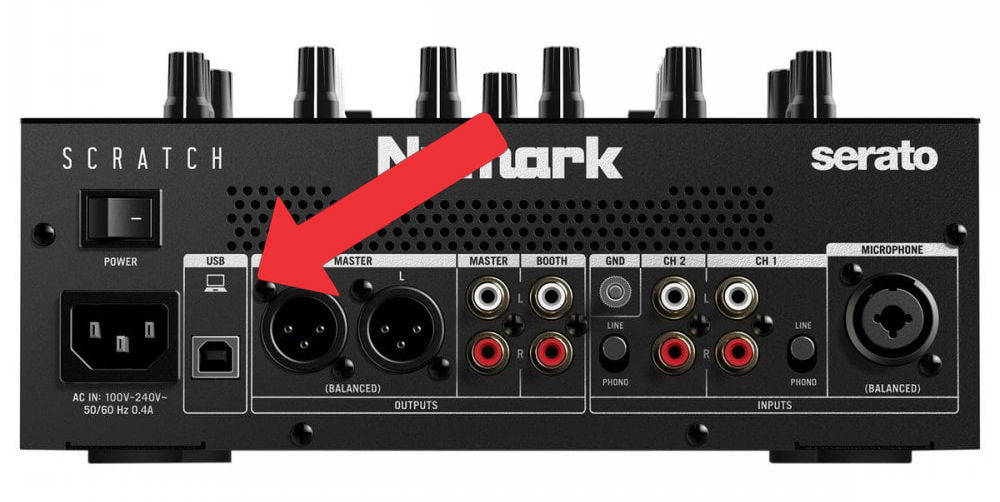
How To Use DJ Mixer: Learn Big DJ Mixing Skills Now! (2023)
What Are Rotary DJ Mixers: Breaking Down the Basics! (2023)
Big Guide on How To Connect External Effects to DJ Mixer! (2023)
How To Choose a DJ Mixer: Great 9 Factors to Consider!
Setting Volume Levels on DJ Mixer: Great Guide! (2023)
DJ Mixer Outputs
Master Output
This one is no doubt the one output connection that every mixer, DJ controller, and every audio device has. Well, it must be there, right? The master output is the output that connects your mixer with the amplifier or the speakers.
The master output (also sometimes known as Main Out) usually is connected via XLR cables and with RCA cables with dedicated RCA outputs. In our experience, the XLR connections are more stable and can provide better audio quality to the audio signal.
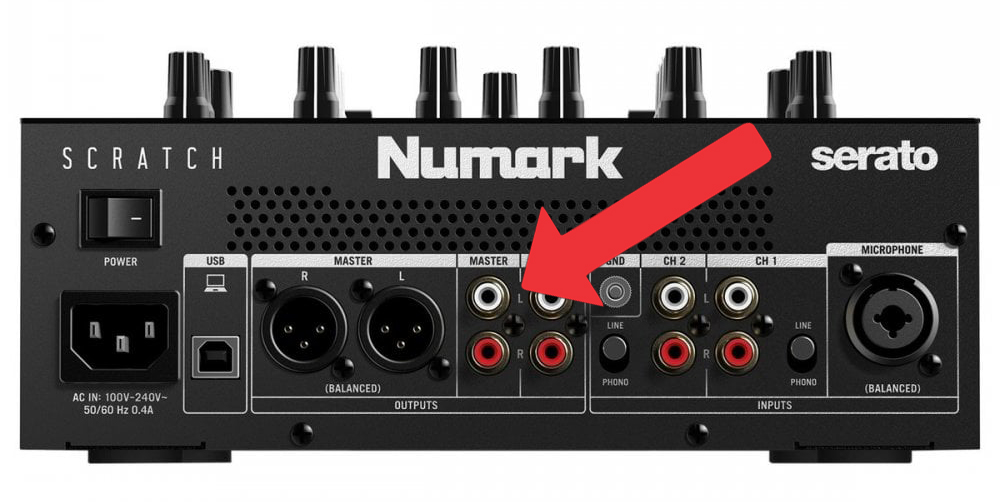
Headphone Output
The second most important output that should be found on any mixer is the headphone connection. This is the output where you plug the DJ headphones to have more control for mixing from one song to another.
Usually, this type of connection is for TRS jacks that have variations in sizes, having sometime both 1/4 and 1/8-inch dimensions. Besides the DJ set, the headphones are one of the most important audio components that every DJ must possess.
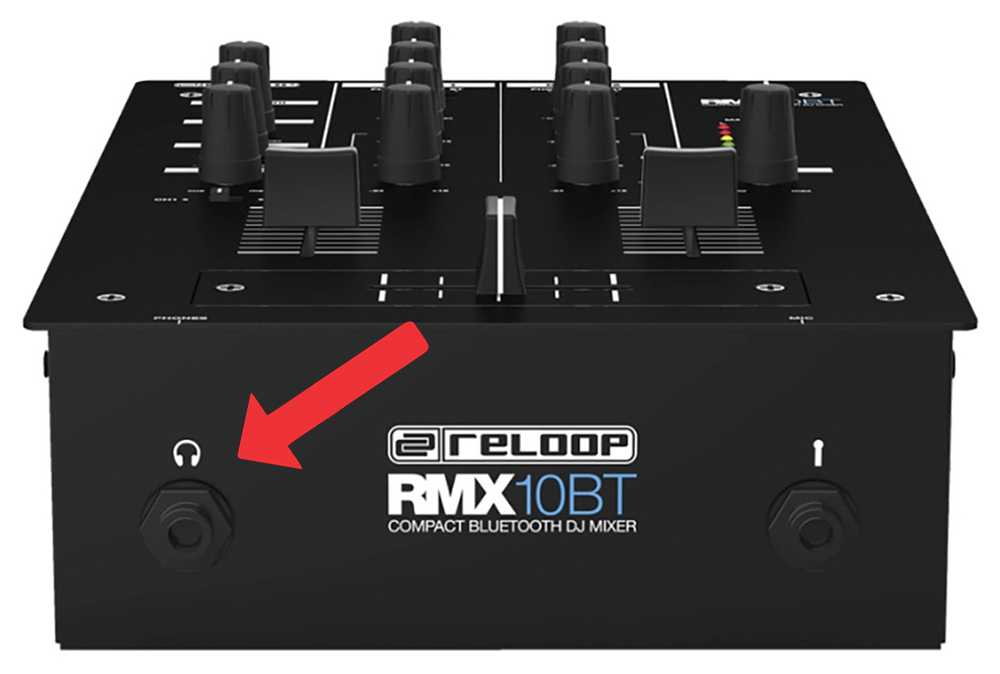
Booth Output
The audio output of a booth is identical to the audio output of a master. Usually, booth audio outputs provide an additional connection to monitors with volume control provided by the DJ mixer. It allows DJs to connect speakers in the DJ booth so that they are pointed toward them.
In addition, having a volume control for the booth output will allow you to hear the music at the right volume, not too loud or too soft – separate from what the audience is listening to. It may be a beneficial idea to use this feature at home, since your master output speakers may not be placed as close to you as you would like in the room where you are performing.
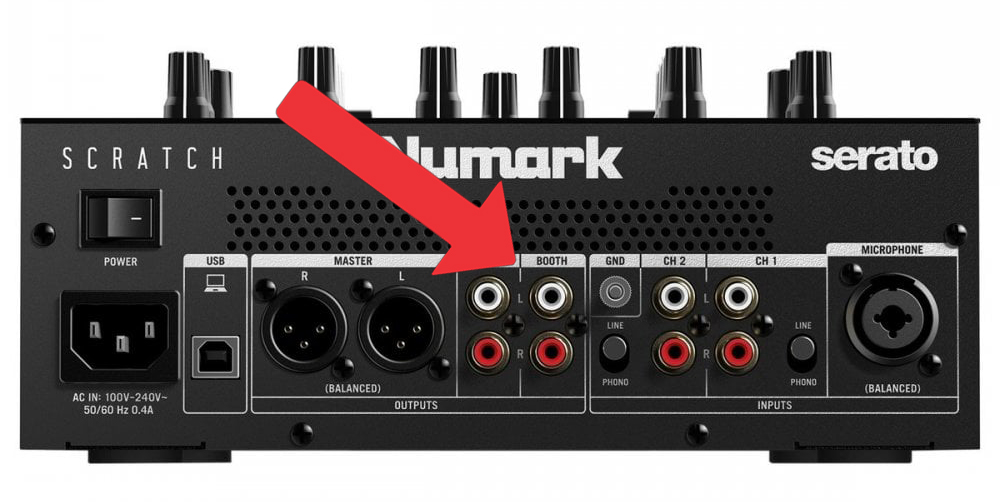
Conclusion on DJ Mixers Connections
So here we summarized all the most important connections that are found in any DJ mixer and we believe that now it is more clear to everybody. Some of the biggest benefits of knowing this is to be prepared if you need to make a fast switch between sets with the DJ that plays before or after you and know how to properly connect your equipment without causing any harm to it.
So analyze your DJ mixer, check what kind of connectors and options you have on it and be ready to bang on the next set. If you are having any questions in terms of the topic we covered here, feel free to reach out in the comments below and we will check it out for you!

